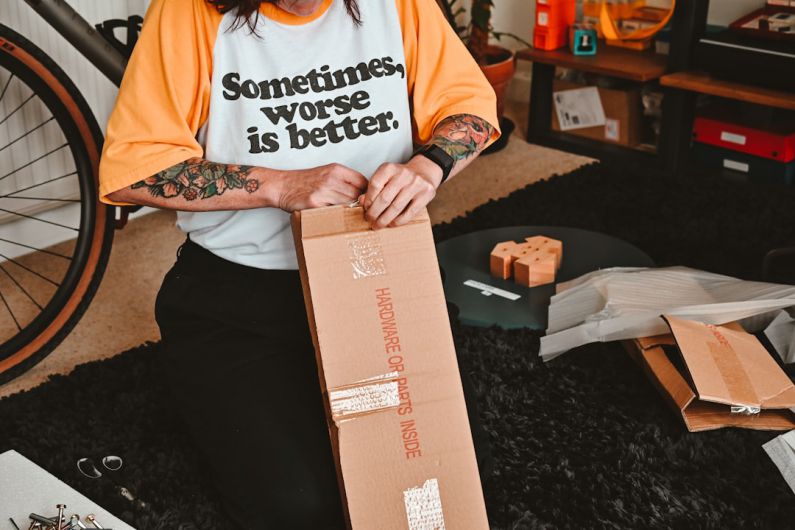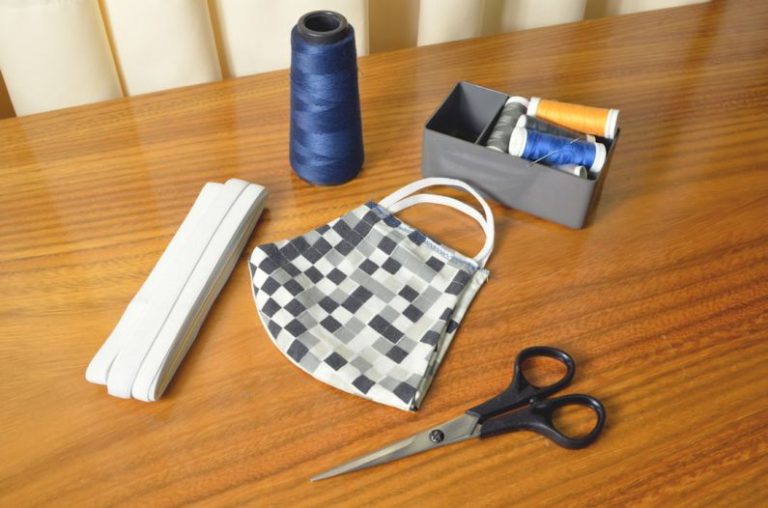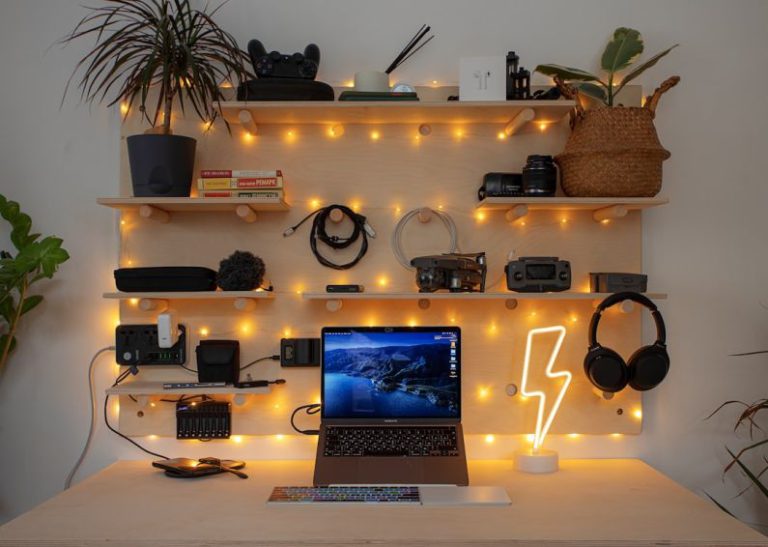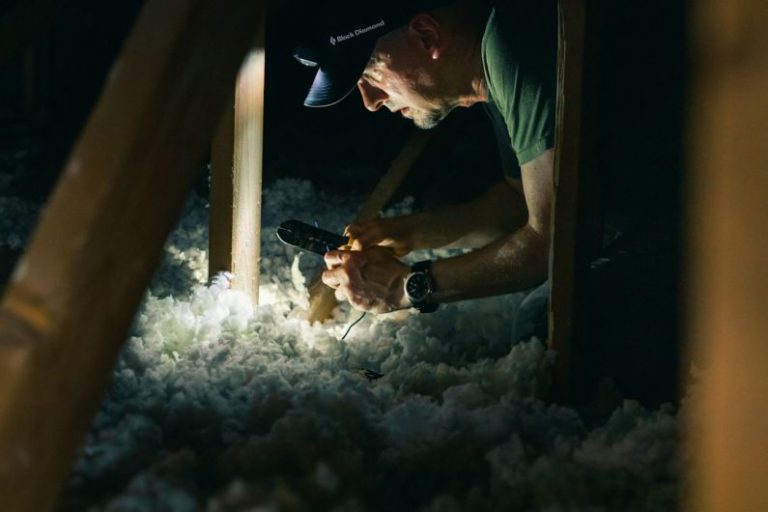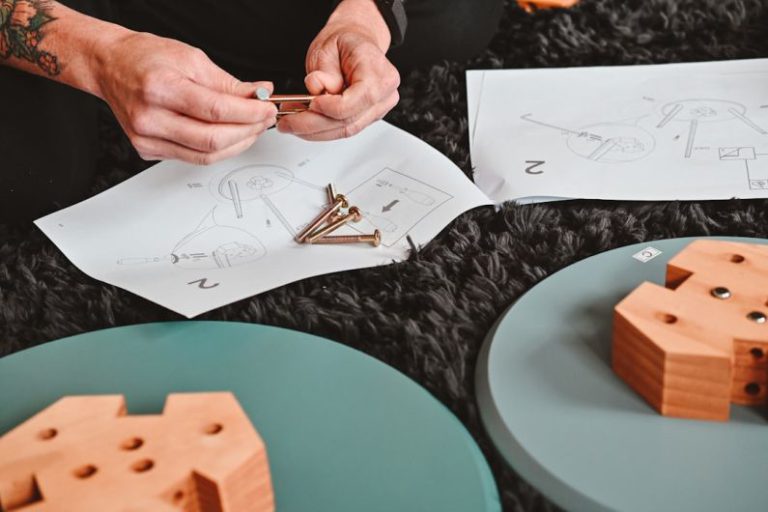Building a Custom Mechanical Keyboard from Scratch
Mechanical keyboards have gained popularity among tech enthusiasts for their tactile feedback and customizable features. While pre-built mechanical keyboards offer a wide range of options, building a custom mechanical keyboard from scratch allows you to tailor every aspect to your preferences. From choosing the switches to designing the layout, creating a custom mechanical keyboard can be a rewarding and personalized experience.
Selecting the Components
The first step in building a custom mechanical keyboard is selecting the components. The key component of any mechanical keyboard is the switches. Switches determine the feel and sound of the keyboard, so it’s essential to choose switches that match your typing style. There are various types of switches available, each with different actuation points and tactile feedback. Popular options include Cherry MX, Gateron, and Kailh switches, each offering a unique typing experience.
In addition to switches, you’ll also need to choose a keyboard PCB (printed circuit board), case, keycaps, stabilizers, and a controller. The PCB is the backbone of the keyboard, connecting all the components and allowing them to communicate with the computer. Keycaps come in different materials and profiles, such as ABS or PBT plastic, and sculpted or flat profiles. Stabilizers are necessary for larger keys like the spacebar and shift keys to ensure smooth and consistent keystrokes.
Designing the Layout
One of the advantages of building a custom mechanical keyboard is the ability to design a layout that suits your needs. Whether you prefer a compact 60% layout or a full-size keyboard with a numpad, custom keyboards offer endless possibilities. You can choose the layout, number of keys, and even the placement of keys to create a keyboard that fits your workflow and typing habits.
When designing the layout, consider the placement of keys such as the arrow keys, function row, and additional keys like macros or media controls. You can use keyboard layout editor tools to visualize and customize your layout before finalizing the design. Pay attention to the spacing and ergonomics of the layout to ensure a comfortable typing experience.
Assembling the Keyboard
Once you have selected the components and designed the layout, it’s time to assemble the keyboard. Start by soldering the switches to the PCB following the layout you designed. Make sure to test each switch before soldering to ensure they are functioning correctly. Next, install the stabilizers and keycaps onto the switches, ensuring they are aligned and secure.
After assembling the switches and keycaps, place the PCB into the keyboard case and secure it using screws or standoffs. Connect the controller to the PCB and program any custom key mappings or lighting effects using firmware tools like QMK or VIA. Finally, attach the case top and bottom together, making sure all components fit snugly inside.
Customizing the Keyboard
One of the most exciting aspects of building a custom mechanical keyboard is the ability to customize it to your liking. You can customize the keyboard further by adding custom keycaps, artisan keycaps, or even a custom-built wrist rest. Explore different keycap sets and designs to give your keyboard a unique look and feel.
Additionally, you can customize the lighting effects of your keyboard using RGB LEDs or underglow lighting. Many custom keyboards support programmable RGB lighting, allowing you to create dynamic lighting effects or customize individual key colors. Experiment with different lighting profiles and effects to personalize your keyboard further.
Enjoying Your Custom Creation
Building a custom mechanical keyboard from scratch is a rewarding experience that allows you to create a keyboard that is truly yours. From selecting the components to designing the layout and customizing the aesthetics, every aspect of the keyboard reflects your preferences and style. Whether you’re a typing enthusiast, gamer, or programmer, a custom mechanical keyboard can enhance your typing experience and add a personal touch to your setup. Embrace the creativity and craftsmanship that goes into building a custom keyboard and enjoy the satisfaction of using a keyboard that is uniquely yours.
